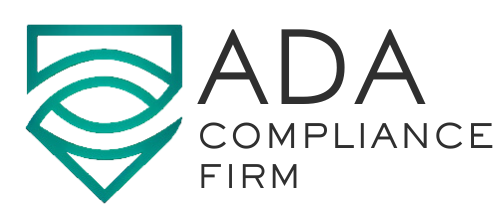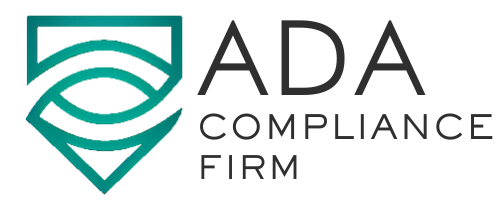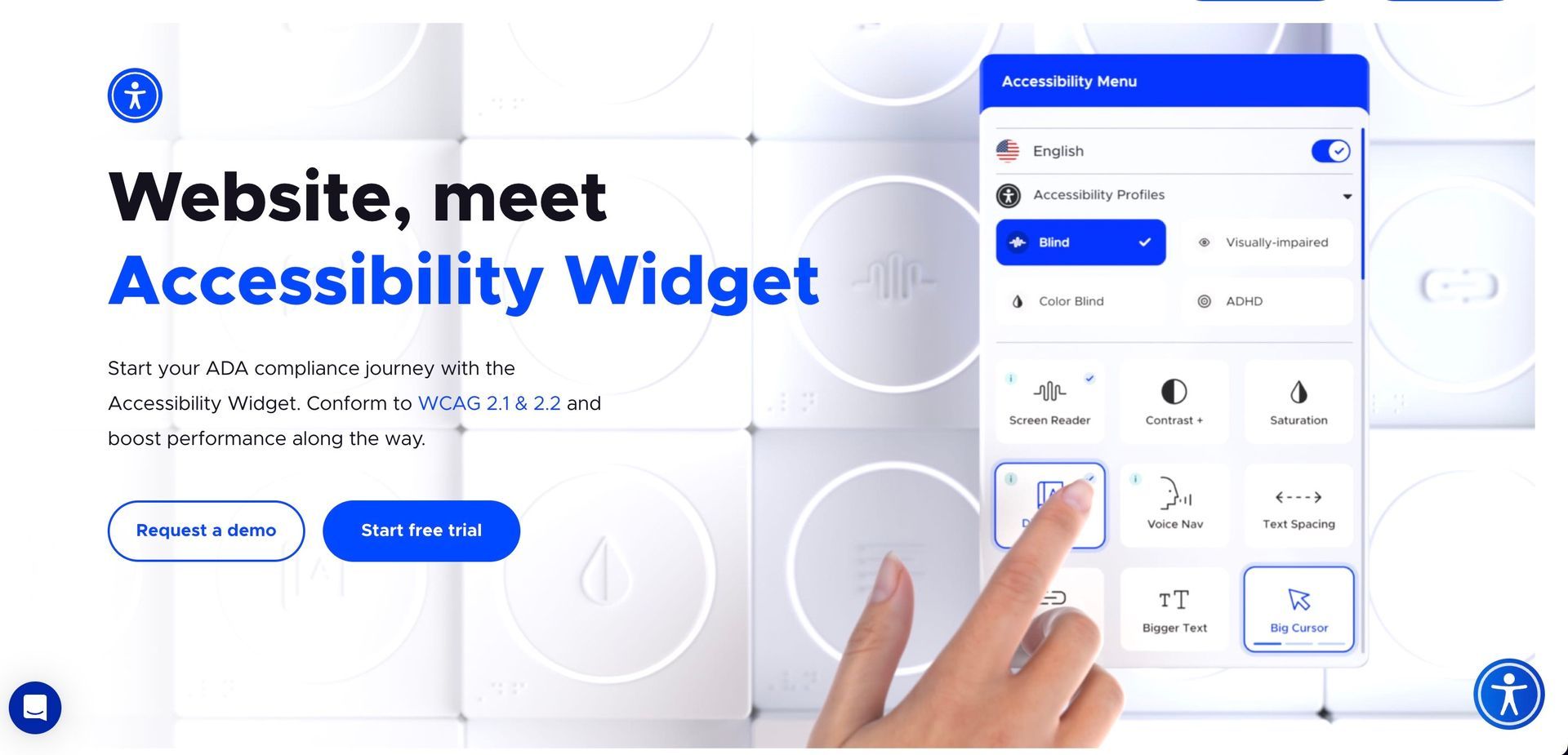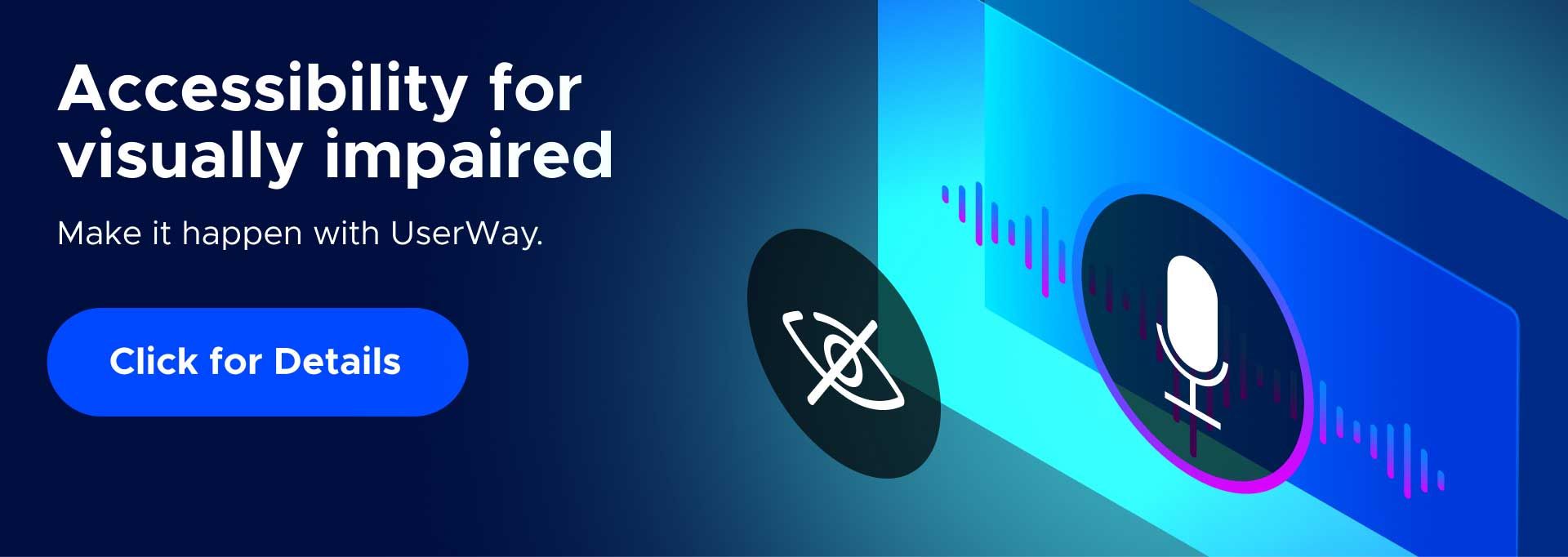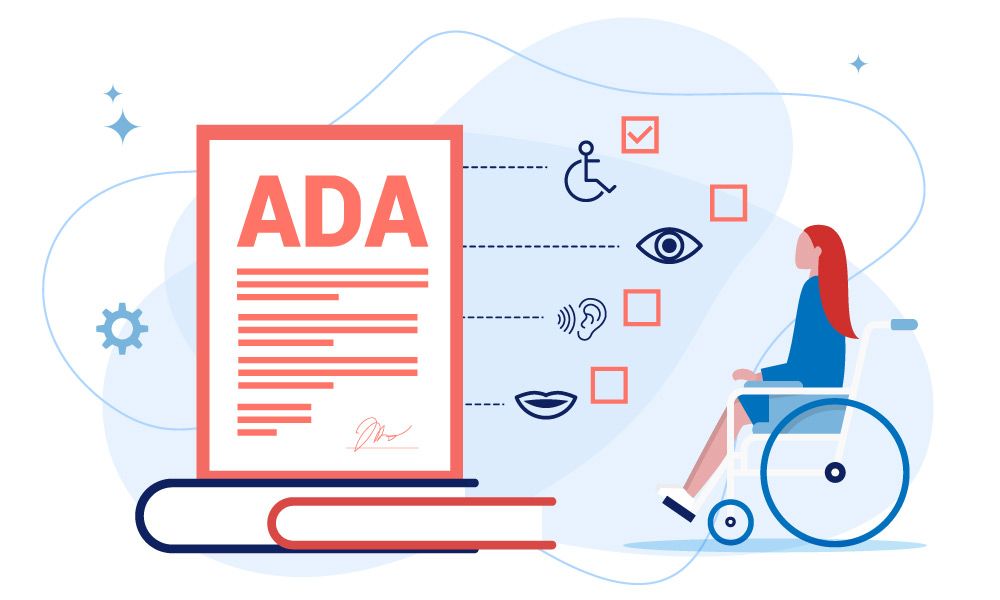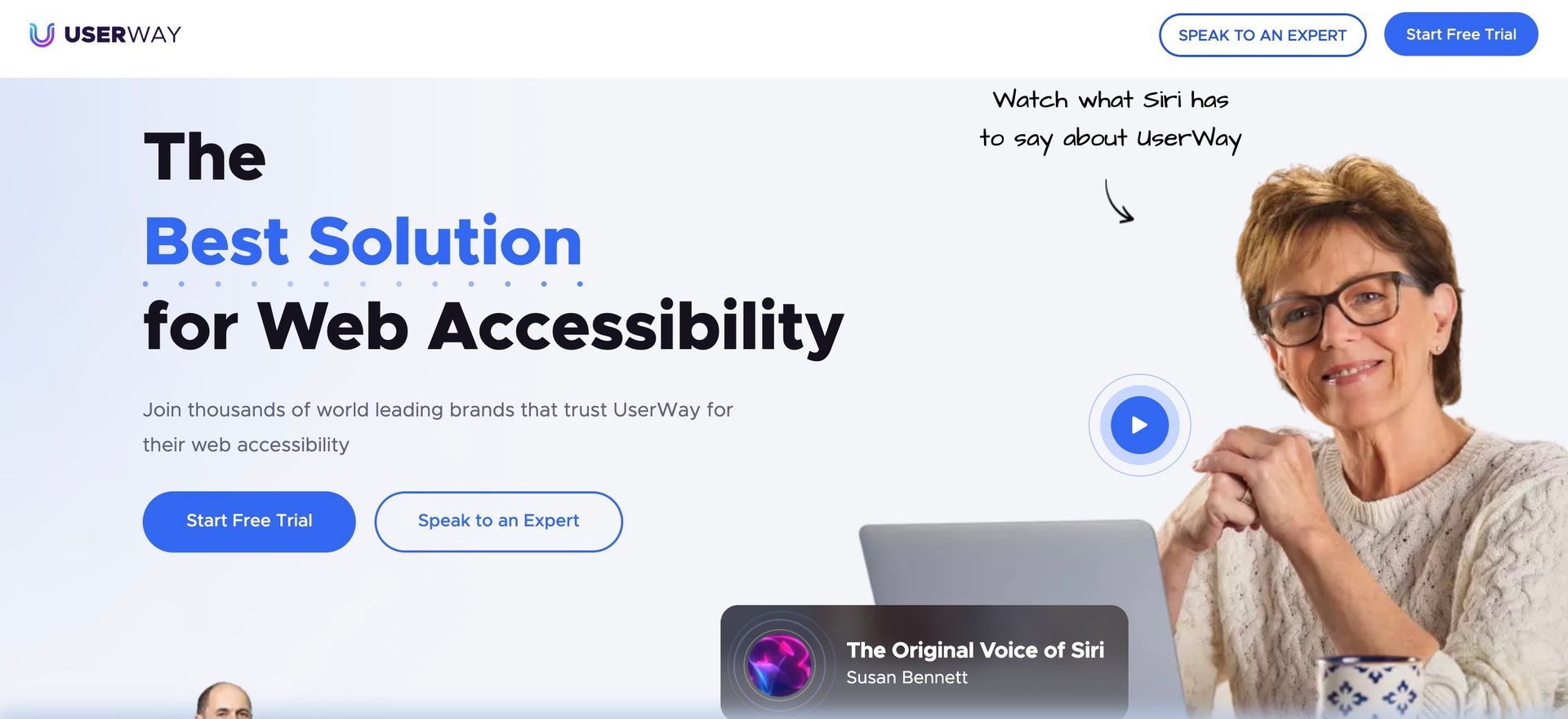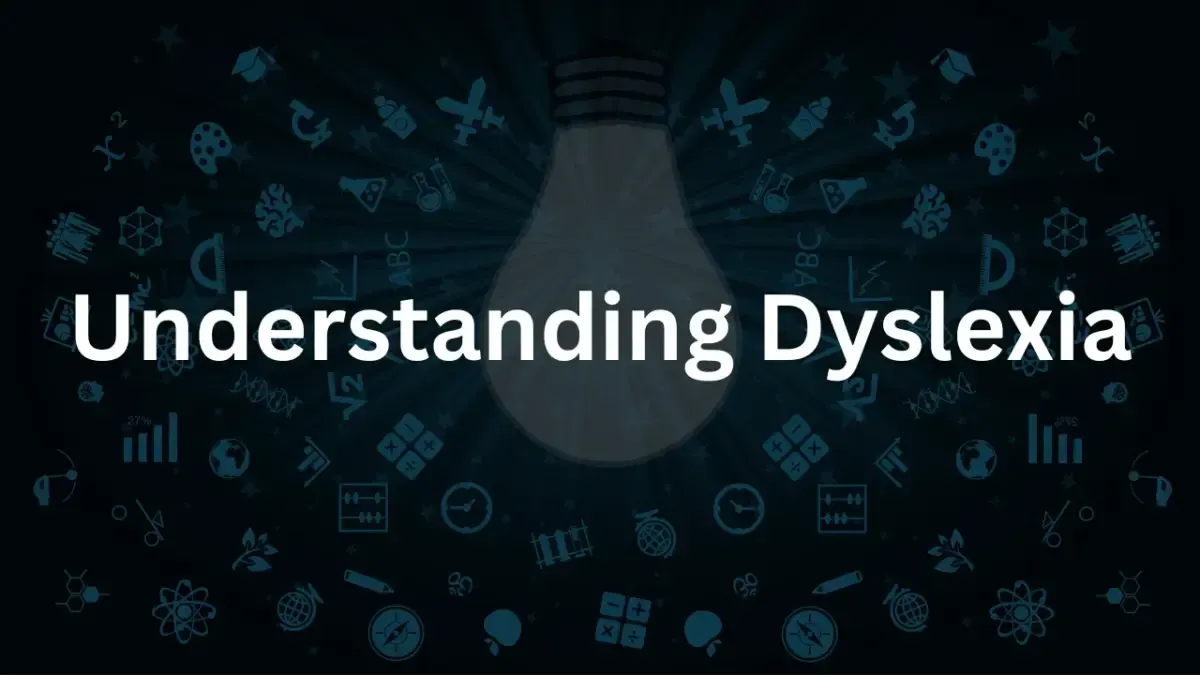ADA Compliance Video Captions For Online Accessibility
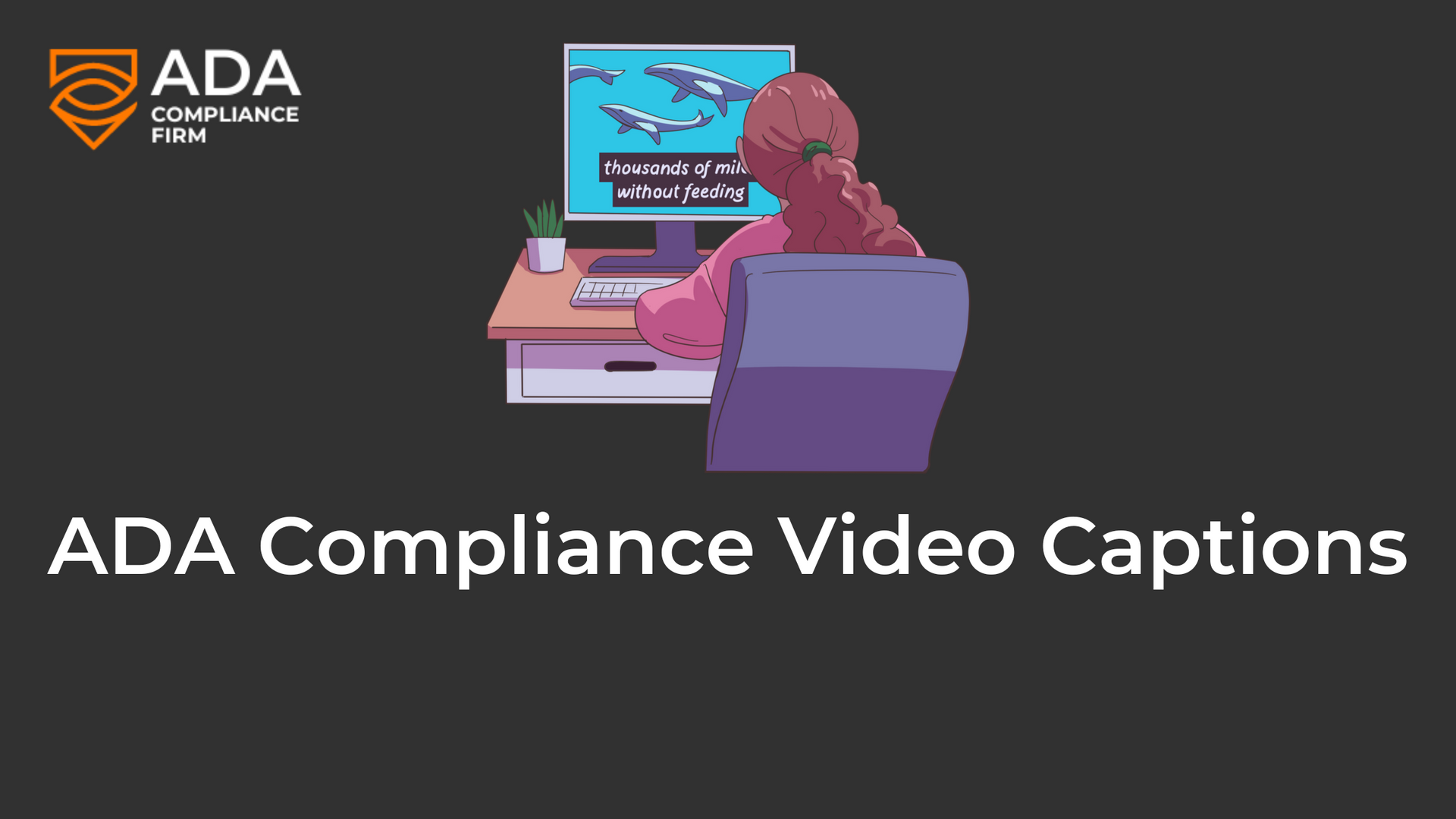
Learn why video captions are a must-have for businesses seeking to meet ADA compliance requirements and make their video content accessible to individuals with hearing impairments. Discover the ADA standards for video captions, including accuracy, completeness, and synchronization. Find out whether YouTube captions are ADA compliant and how to edit auto-generated captions for accuracy. See how providing high-quality captions not only meets ADA requirements but also benefits all users and improves SEO. Explore tools and services that can help businesses create and edit captions efficiently and effectively. Get the insights you need to make your video content more accessible and meet ADA compliance requirements.
Does ADA require closed captioning?
As a business owner, you may be wondering whether the Americans with Disabilities Act (ADA) requires closed captioning for video content on your website. The answer is not a straightforward "yes" or "no," as it depends on the context in which the video is used.
First, let's review what the ADA is and how it pertains to website accessibility. The ADA is a federal law that prohibits discrimination against individuals with disabilities in all areas of public life, including employment, transportation, and public accommodations. This law requires that businesses and organizations make their goods, services, and facilities accessible to people with disabilities, including their websites.
When it comes to website accessibility, the goal is to create a website that can be used by everyone, regardless of their abilities. An accessible website is one that provides equal access to all users, including those with disabilities such as visual or hearing impairments.
Closed captioning is a feature that adds text to video content to provide a visual representation of the audio. This is particularly helpful for individuals with hearing impairments who may not be able to hear the audio content of the video. However, not all videos are required to have closed captioning under the ADA.
The ADA does require closed captioning in certain situations, such as in places of public accommodation, like movie theaters, which are required to provide closed captioning for movies. Similarly, if your business provides video content that is an integral part of your services, such as instructional videos or training materials, then closed captioning may be required to ensure equal access to your services.
However, if your website provides marketing videos or other types of promotional content that are not necessary to access your services, then closed captioning may not be required under the ADA. That being said, providing closed captioning for all video content on your website can still be a best practice for ensuring that your website is accessible to all users, regardless of their abilities.
It's also worth noting that even if your business is not required to provide closed captioning under the ADA, you may still be required to provide it under other federal or state laws, such as the Rehabilitation Act or state accessibility laws.
In summary, whether closed captioning is required under the ADA depends on the context in which the video content is used. If the video content is an integral part of your services or is provided in a place of public accommodation, closed captioning is likely required. However, providing closed captioning for all video content on your website can still be a best practice for ensuring that your website is accessible to all users. If you're unsure whether your website is in compliance with accessibility laws, consider consulting with an accessibility expert who can help you identify areas for improvement and provide recommendations for achieving compliance.
What are ADA standards for videos?
As we discussed above, closed captioning is an important accessibility feature for video content that can ensure that individuals with hearing impairments can fully engage with your website's video content. However, closed captioning is just one aspect of making your video content accessible to all users. In this post, we'll take a closer look at some of the other ADA standards for video content.
The ADA doesn't provide specific technical requirements for making video content accessible, but the Web Content Accessibility Guidelines (WCAG) provide a set of standards that businesses can follow to ensure that their websites are accessible to all users, including those with disabilities. The current version of WCAG is 2.1, which was released in 2018.
Under WCAG 2.1, there are three levels of accessibility: A, AA, and AAA. Level A is the minimum level of accessibility that a website should aim for, while levels AA and AAA provide higher levels of accessibility. The Department of Justice (DOJ) has stated that websites should aim for Level AA compliance.
The following are some of the ADA standards for videos that businesses can follow to achieve WCAG 2.1 Level AA compliance:
- Provide closed captioning for all video content. As we discussed in our previous blog post, closed captioning is an important feature for ensuring that individuals with hearing impairments can fully engage with your video content.
- Provide an audio description for video content. Audio description is a narration track that describes the visual content of a video, allowing individuals with visual impairments to understand the content. This is particularly important for videos that have important visual information, such as diagrams or graphs.
- Ensure that video players are keyboard accessible. Users with mobility impairments may rely on a keyboard to navigate your website, and your video player should be compatible with keyboard controls.
- Provide sign language interpretation for live video content. Live video content, such as webinars or live streams, should provide sign language interpretation for individuals who use sign language to communicate.
- Provide a transcript for video content. In addition to closed captioning, providing a written transcript of the audio content can ensure that individuals who are deaf or hard of hearing can fully understand the content.
By following these ADA standards for video content, businesses can ensure that their website is accessible to all users, regardless of their abilities. If you're unsure whether your website is in compliance with accessibility laws, consider consulting with an accessibility expert who can help you identify areas for improvement and provide recommendations for achieving compliance.
Are YouTube captions ADA compliant?
YouTube is a popular platform for sharing video content, and it offers a built-in closed captioning feature that allows creators to add captions to their videos. However, the question remains: are YouTube captions ADA compliant?
The answer is not a simple yes or no. The short answer is that it depends on whether the captions meet the accessibility standards set forth by the ADA.
Here are some factors to consider:
- Accuracy: The captions must accurately convey the spoken words and other sounds in the video. This includes any background noise, music, and sound effects.
- Timing: The captions must be synchronized with the audio, so that they appear at the appropriate time.
- Placement: The captions must be placed in a way that does not obscure important visual elements, such as subtitles or graphics.
- Language: The captions should be provided in the primary language of the video content.
- Style: The captions should be easy to read, with appropriate punctuation, capitalization, and formatting.
YouTube's built-in captioning feature can help creators meet these requirements, but it's important to note that the accuracy of the captions can be impacted by various factors, such as the quality of the audio and the use of slang or technical terms. Creators should review the captions to ensure they meet the necessary standards.
Additionally, creators should be aware that simply adding captions to their videos may not be enough to meet all ADA requirements for video accessibility. As we discussed in our previous blog post, audio description, transcript, and sign language interpretation are also important accessibility features that should be provided, especially for longer videos or videos with important visual content.
In summary, YouTube captions can be ADA compliant if they meet the necessary accessibility standards. However, creators should ensure that they provide additional accessibility features beyond just captions, as needed, to ensure that their videos are accessible to all users. If you're unsure whether your YouTube videos meet accessibility standards, consider consulting with an accessibility expert who can provide recommendations for improving accessibility.
Are auto captions ADA compliant?
Auto captions, or automatic speech recognition (ASR) captions, are generated by a machine and may be less accurate than captions that are manually created. However, in certain situations, auto captions may still be considered ADA compliant if they meet certain standards.
To determine whether auto captions are ADA compliant, it's important to consider the accuracy of the captions. As we discussed earlier, accuracy is a key requirement for captions to be considered ADA compliant. Under the Web Content Accessibility Guidelines (WCAG), captions should be at least 99% accurate. While auto captions may not always meet this threshold, some situations may allow for their use.
For example, in situations where a video is being produced quickly, such as for a breaking news story, auto captions may be the only feasible option to provide captions in a timely manner. In these cases, providing auto captions that are less than 99% accurate may still be considered a reasonable effort to make the video accessible to individuals with hearing impairments.
However, it's important to note that providing less-than-accurate captions is not a substitute for providing high-quality captions whenever possible. Creators should strive to provide the most accurate captions possible, whether through manual captioning or improving the accuracy of auto captions through editing.
Additionally, creators should be aware that providing only auto captions may not be sufficient to meet all ADA requirements for video accessibility. As we discussed in our previous blog post, audio description, transcript, and sign language interpretation are also important accessibility features that should be provided, especially for longer videos or videos with important visual content.
In summary, auto captions may be considered ADA compliant in certain situations where providing accurate captions manually is not feasible, but it's important to strive for accuracy whenever possible and to provide additional accessibility features as needed to ensure that all users can access and engage with your video content.
How accurate do captions need to be ADA compliant?
Accuracy is a critical factor in determining whether captions are ADA compliant. The Web Content Accessibility Guidelines (WCAG) specify that captions should be "accurate, complete, and synchronized with the audio content." While the guidelines do not provide a specific target for caption accuracy, they recommend aiming for at least 99% accuracy.
This means that the captions must convey all of the spoken words and any other important sounds that are part of the audio content, such as sound effects or music. They must also be synchronized with the audio, so that the captions appear on-screen at the right time and stay on-screen long enough for users to read them.
One way to ensure that captions meet these accuracy standards is to have them created by a human captioner. Human captioners listen to the audio content and type out the captions in real-time, allowing them to capture all of the spoken words and other sounds accurately. They also have the ability to correct any errors or inaccuracies in the captions in real-time.
However, manual captioning can be time-consuming and expensive, especially for longer videos. In cases where manual captioning is not feasible, automatic speech recognition (ASR) technology can be used to generate captions automatically. ASR technology is improving all the time, and some software providers now claim to offer captioning accuracy rates of 95% or higher. However, it's important to note that ASR technology is not foolproof and may still make errors in captioning.
It's important to remember that even minor errors in captions can have a significant impact on users with hearing impairments. Therefore, creators should strive to provide the most accurate captions possible, whether through manual captioning or through editing of auto-generated captions to improve their accuracy. In cases where 99% accuracy is not possible, creators should aim for the highest level of accuracy that is feasible for their content and the resources available.
In summary, accuracy is a critical factor in determining whether captions are ADA compliant, and creators should aim for at least 99% accuracy whenever possible.
Human captioning is the most accurate method, but auto-generated captions can also be used if they are carefully edited to improve their accuracy. By ensuring that captions are accurate, creators can make their video content accessible to a wider audience and meet ADA compliance requirements.
Here's a summary of the key points in the blog:
- The Americans with Disabilities Act (ADA) requires businesses to make their digital content, including video content, accessible to individuals with disabilities, including those with hearing impairments.
- Video captions are a key accessibility feature that businesses can use to make their video content accessible. Captions provide a text-based representation of the audio content in the video, making it accessible to individuals who cannot hear the audio.
- To be ADA compliant, captions must be accurate, complete, and synchronized with the audio content. The Web Content Accessibility Guidelines (WCAG) recommend aiming for at least 99% accuracy in captioning.
- YouTube captions may be considered ADA compliant if they meet WCAG standards for accuracy, completeness, and synchronization. However, auto-generated captions may not always meet these standards, and it's important to edit them for accuracy.
- Providing high-quality captions is not only important for meeting ADA compliance requirements, but it also benefits all users, including those who may not have a hearing impairment. Captions can also improve SEO, increase engagement, and make content more easily searchable.
- While captioning can be a time-consuming and costly process, there are now many tools and services available that can help businesses create and edit captions quickly and efficiently. By making the effort to create accurate and high-quality captions, businesses can improve the accessibility of their video content, meet ADA compliance requirements, and enhance the overall user experience.
Reach out to our team at ADA Compliance Firm by completing the quote form located here to get more information about making your video captions ada compliant.
Join our newsletter
Recent Blog Posts
